“Cash is King.” Without sufficient cash, even the most profitable business ceases to exist. Cash flow is not about profitability, but the timing of cash flowing in and out of the business. No matter how much you sell, if you don’t collect the money, you’re going to go out of business. As business owners, we often get so wrapped up in selling our products and services that we forget to take the time to ensure we’re managing our cash flow and receiving the money for those sales.
It is simply insufficient to only focus on total sales dollars. It is as important to focus on the cash collection of those sales. Reacting to cash flow problems means you are already in a bad position. It is imperative to take proactive measures to stay on top of your cash flow and improve the bottom line.
- Know your business’ balance sheet. Many owners focus on their business’ profit and loss statement alone. It’s a potentially fatal mistake because healthy profits can mask an impending cash flow crisis. You need a structured balance sheet that includes all the influencing factors including debts, interest payments, inventory and so on.
- Cash Flow Statement and Cash Flow Projection. Many business people don’t know how cash flow works and its significance to keeping their operation afloat. There are different cash flow reports from your accounting system. A cash flow statement shows you how much cash is going into and out of your business. A cash flow projection is a forward looking report that estimates your future cash needs. Be aware of when lean cash flow patches are coming up and plan accordingly. Avoid funding major purchases from your business’ working capital unless you are sure you have the cash to cover it.
- Require upfront payment on projects. The upfront payment maybe a down payment, a percentage of the full project, a full payment for capital equipment, or any combination so that your customers fund the project, not you.
- Set your terms to be due in full upon completion. Get your money as soon as you can and if you can avoid standard 30 day term, it would be best. Certainly don’t extend beyond 30 days after you’ve completed your work. Offer small discounts for early payment as an incentive.
- Negotiate terms with your vendors. Take advantage of credit terms and prioritize payments according to the consequences involved in going overdue. Ideally you want to extend your payment for 30 days or more. This will give you the opportunity to complete the work, bill and receive payments from your customers prior to paying vendors. Wages, taxes and direct debits must be paid on-time. Key suppliers may be prepared to wait to keep your business. Don’t pay early just to get a discounted price unless the discount is better than being without cash.
- Implement a collection process. Follow through when your customers delay payments because they’re using your cash. Be diligent about collecting from your customers. Stay in close touch with major debtors as payment deadlines approach.
- Set up a line of credit. Obtaining a line of credit from your bank for emergency is a smart move since lenders rates are for the most part less than the late fees your vendors charge.
- Use available finance products. Overdrafts, premium funding, lease facilities, even business credit cards and cash flow funding products can all be good tools to help ease the squeeze.
- Factoring your receivables. Factoring or asset based financing/lending allows you to sell your receivables for cash now in lieu of waiting for customers to pay. Associated fees may be high, so it is imperative to ensure that the benefits exceed the cost of waiting for customers’ payments.
- Owner draws. Each dollar you take from your company reduces the amount of cash flow you’ll have available for the business to grow. Minimize owner’s draws and depend on a fixed salary.
- Taxes and Penalties. Avoid incurring taxes and other statutory penalties and save yourself the money and the stress.
The best time to seek funds is when you don’t need them. No one wants to provide cash to a business that is experiencing cash flow problems. All cash is not created equal and you should consider timing, amount, usage, cost, control issues and consequences.
The Orange County SBDC provides business owners and executives with one-on-one confidential business consulting to the North County business community. If you have a business in North Orange County or are planning to expand into North Orange County and need assistance with your business, we can help in the following areas of expertise: Startup, Business Planning, Growth/Expansion, Operations, Management, Sales, Marketing, Finance, Access to Capital, Technology, and more…
Qualified businesses are able to receive assistance in many business disciplines at no cost and no catch.
For additional information and qualification or to make an appointment, please call JJ Richa at 657-859-9722, email richa_jj@rsccd.edu or visit us at www.ocsbdc.org/nocsbdc.













